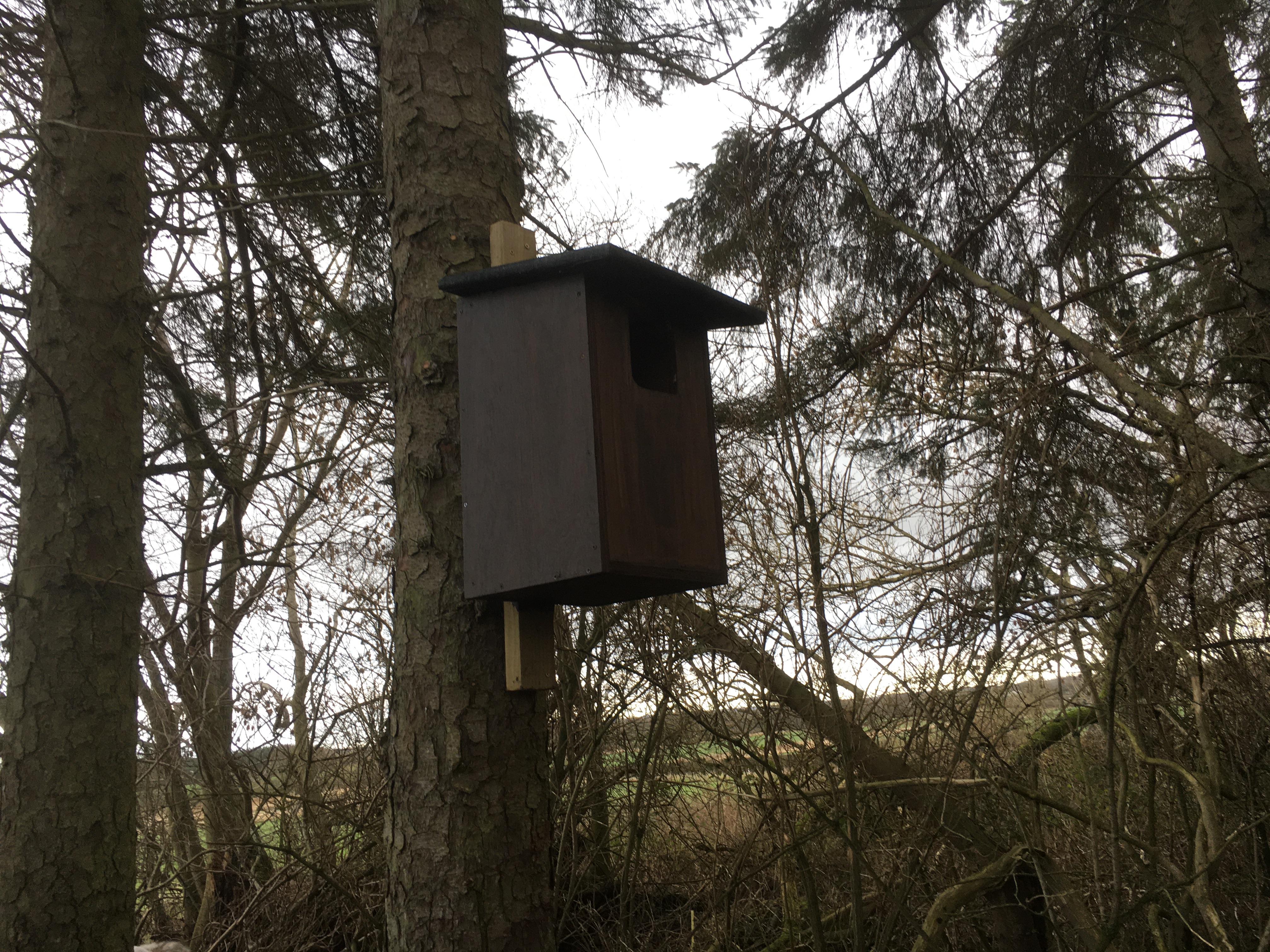North East ornithologist, Phil Hanmer, shares a new update summarising bird ringing across Northumberland throughout December
Having almost recovered from Storm Arwen (at the time of writing we still have no land-line and rather slow-internet) I have been able to do a bit of birding. We inevitably do less ringing this time of year. The weather, in particular, can be very unfriendly to birds, birders and practical equipment like mist nets, but the British Trust for Ornithology is currently operating a Winter Ringing Pilot Project to encourage us to undertake some standardised local ringing. This is at the same location (my garden) once per fortnight from November to February for approximately the same duration and at the same time.
I did my first session back on 14 November and captured 40 birds (37 new and 3 retraps). The retraps included a Blue Tit originally ringed back in November 2019. Of the new birds, there were Great Tits, Coal Tits, Tree Sparrows and no less than 24 Blue Tits. Ringing again on the 28 November we again captured 40 birds – this time 30 were new and 10 were retraps. Again, there were Great Tits, Coal Tits and Tree Sparrows although the number of Blue Tits had fallen to fifteen. New species captured were Robins and a Dunnock. Given that we had already recaptured an adult Robin with a ring on it, which we can think of as the ‘resident’ robin, the other four were clearly ‘coming in’ for food. So please don’t assume the robin you see in your garden is always the same one.
Setting up again on 8 December we captured 35 birds (27 new and 8 retraps). The retraps included a male Great Tit, recognised by the solid black line all the way down the full length of his chest, first ringed as an adult in 2015 and a Coal Tit from 2018. This time the range of species expanded to include Blackbird, Great Tit, Coal Tit, Blue Tit, Tree Sparrow, Robin, Dunnock and Wren.
We conducted the last session to date on 18 December and processed 46 birds (36 new and 10 retraps). The retraps were interesting including an adult Robin weighing 26.5 grams (a normal maximum would be 25g) carrying a lot of body-fat flying with his mate who only weighed 21.5 g, and an unknown adult Blue Tit control from another site. The range of species increased yet again to include Nuthatch, Great Tit, Coal Tit, Bullfinch, Long Tailed Tit, Robin, Tree Sparrow, Blue Tit, and Dunnock.
I have noted the number and percentage of Blue Tits processed each time to emphasise how numbers decline during the winter. It’s an unfortunate fact that as the weather worsens a certain proportion of Blue Tits simply die because of the cold and food shortages; on the other hand, Coal Tits (a smaller bird) survive better because of their rather clever ability to cache food for the winter.
On one almost fine morning I did manage to help one of my former trainees to put up a Barn Owl box and a Tawny box just to the south of my normal study area. This was near Ogle. I include pictures to illustrate what are ‘good sites’. The Barn Owl box is on the very edge of a wood with a good clear view out over farmland. On the other hand, the Tawny box, which I often describe as an oversized Blue Tit box, is in the trees in a slightly dark location.

In order to monitor the effect of this current winter on our local owls, please report findings of dead owls to myself or your local Natural History Group/Society (especially if they have a ring number).
Currently, we’re waiting for the weather to improve so we can get on with making, repairing; and putting up new bird boxes for a variety of species including owls and Goldeneye. Ideas for good sites are always welcome as are donations.